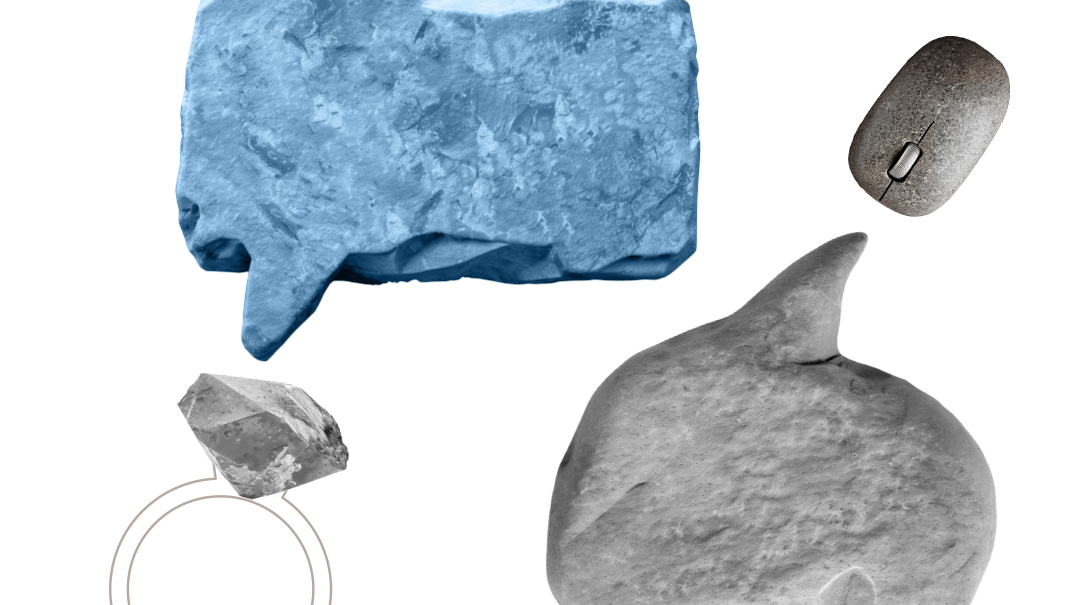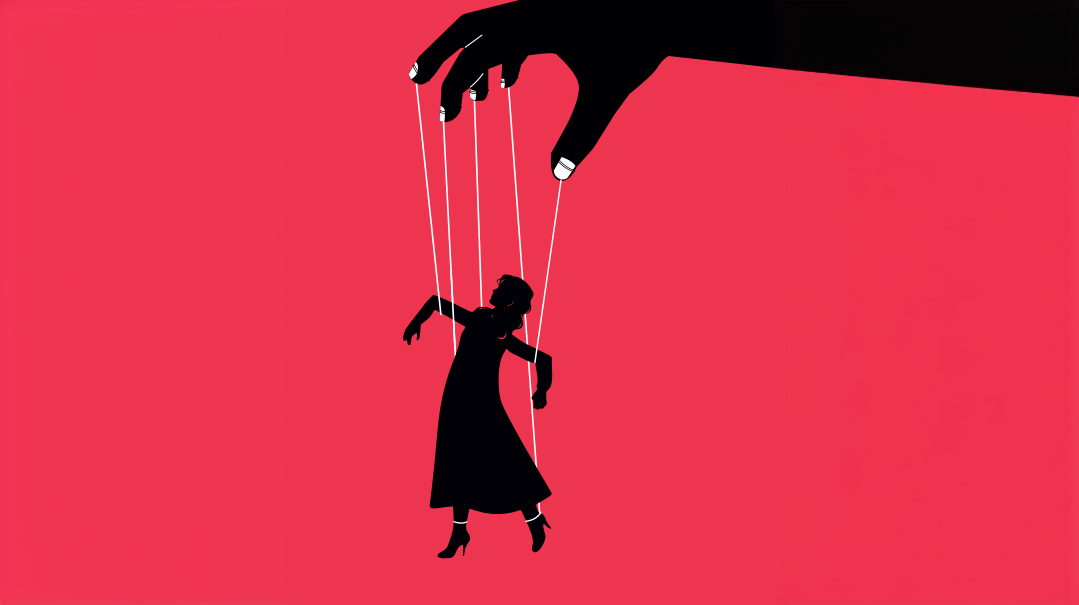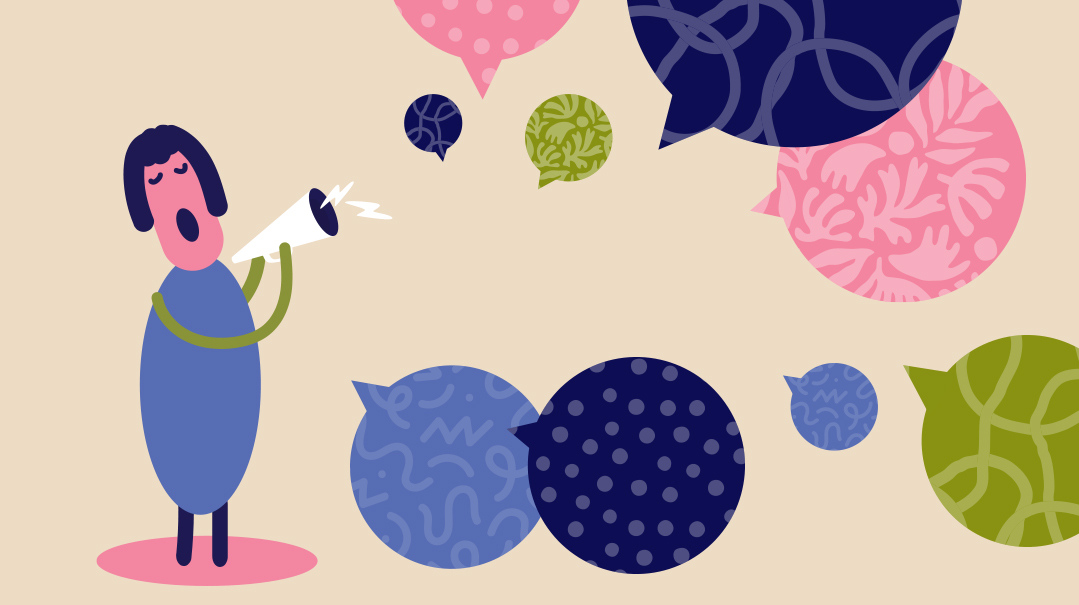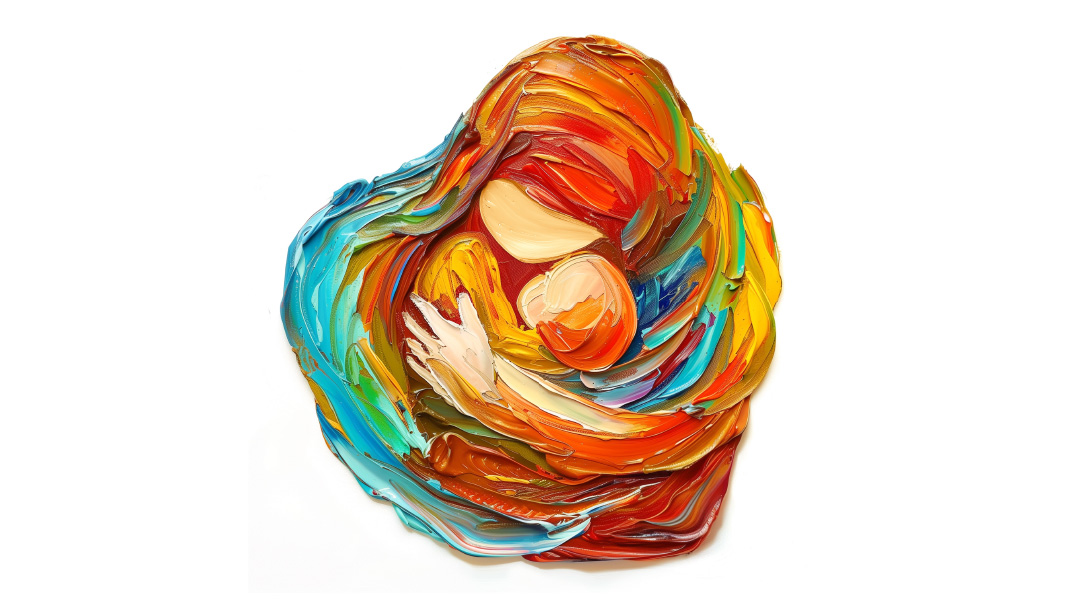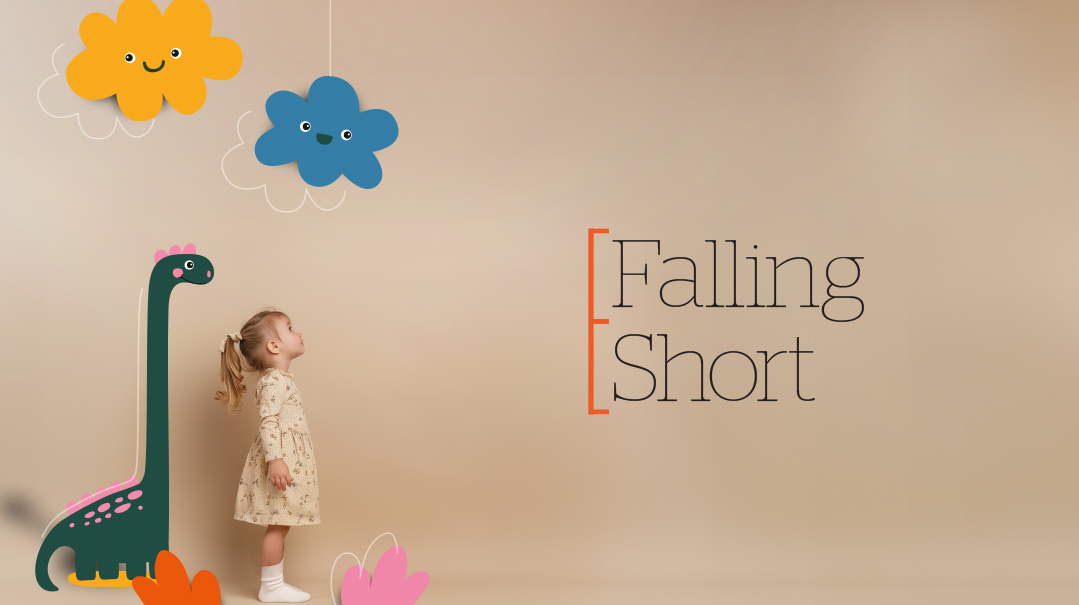Sweet Dreams
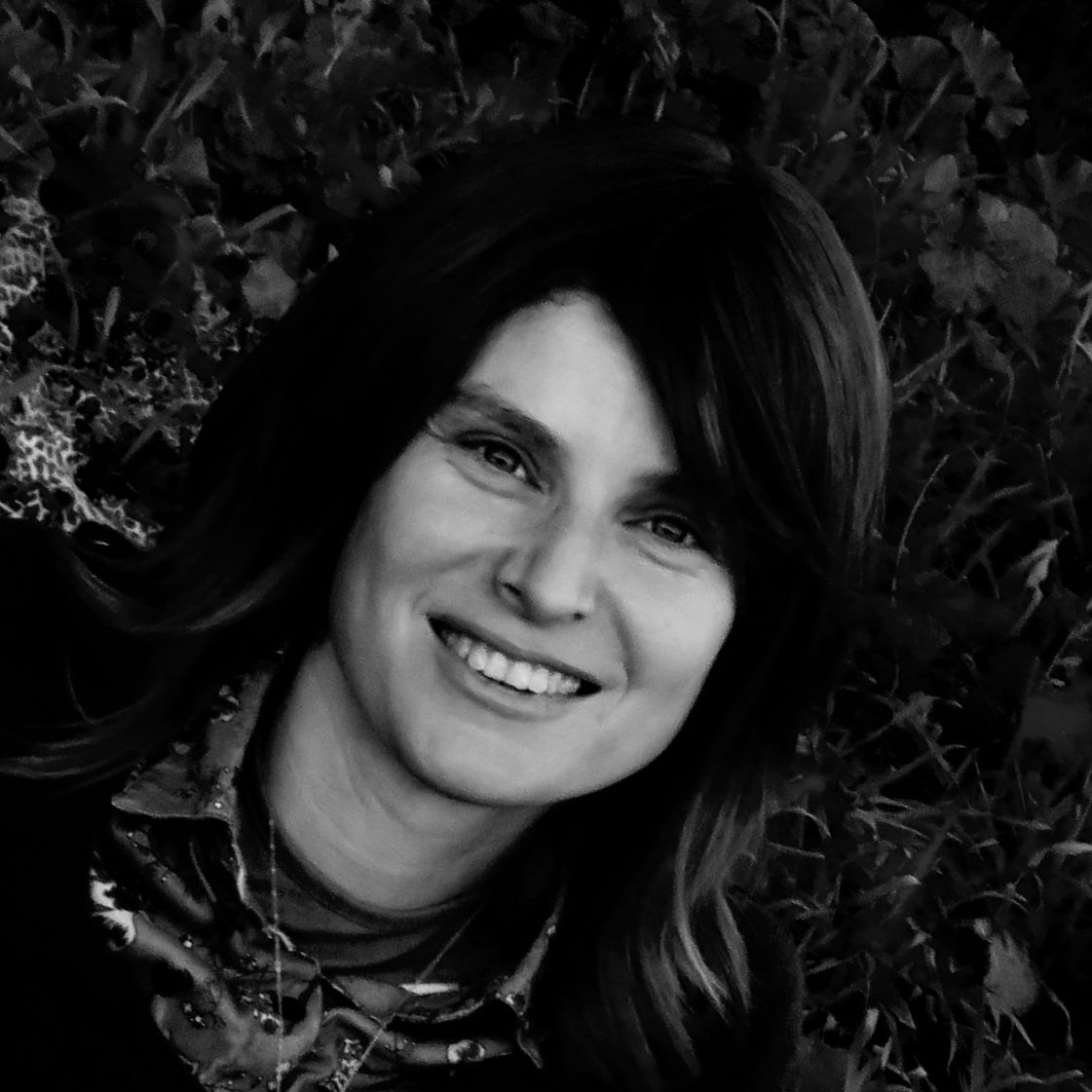
She was fascinated by bees and dreamed of owning her own hive. Could that dream possibly come true in middle of the city? One family’s beekeeping adventures
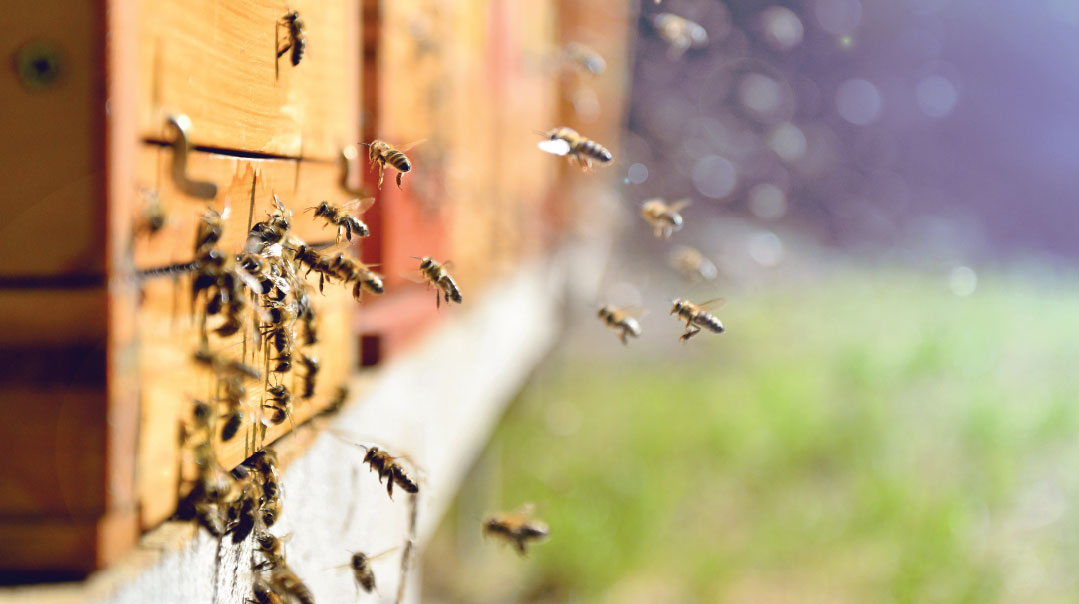
Photos: Naomi Elbinger
Our car wended along the moshav’s narrow laneways, as we cluelessly scanned our surroundings in the fading daylight.
“Slow down!” I exclaimed suddenly. “Look at that.”
The upcoming driveway was flanked by an unusual mailbox; it appeared to be an old, splintered beehive.
We pulled over on a grassy bank and my husband, 13-year-old son, and I climbed up the steep driveway on foot.
We grew increasingly sure we were in the right place when we reached a small fig tree surrounded by stacked hive boxes and encountered a little boy named Tzuf (Hebrew for “nectar”).
Finally, we found the boy’s father, Shlomke, an earthy native Israeli in his thirties. He got straight down to business, donning his bee veil and retrieving a wooden breeding box from the top of a shed.
The box was surprisingly still, considering it housed around 5,000 living creatures. As Shlomke pried it open with a hive tool, I felt breathless at the prospect of meeting “our girls” for the first time.
He removed each wooden frame for us to inspect. We nodded approvingly, as though we knew the difference between a fine pedigree honeybee swarm and a cheap knockoff.
“They’re beautiful,” I sighed, enchanted by the golden fuzzy bodies huddling over each other.
“There’s the queen!” said my son, pointing out her elongated abdomen. She looked as gentle and purposeful as her many daughters.
After Shlomke transferred the five frames to the brand-new hive box we’d brought along, my valiant husband loaded it into the trunk of our car.
Later that night, he attracted some attention as he carefully carried the hive to the backyard of our garden apartment. Men in gleaming-white bee suits are hardly a common sight in Ramat Beit Shemesh.
He lowered it onto the tiles I’d stacked behind the trampoline and unplugged the hive entrance. Then we left it alone.
After decades of wishing for the impossible, I’d finally become a beekeeper.
Me and the Bee
I’m not sure when or why my love for bees blossomed. I remember being delighted when one of my seminary teachers mentioned Chazal’s statement that anything produced by a non-kosher animal is non-kosher, except for honey from bees.
I always looked for them buzzing around the lilac-colored flowers of the rosemary shrubs that grow so ubiquitously in Israel’s public spaces. And countless times I’ve fiercely defended their honor when friends, neighbors, and complete strangers professed fear and loathing.
Sometimes I may have been a little too fierce, alarming the target of my rancor, who was certain that it was an undisputed fact that bees are merely bothersome and dangerous bugs.
It seemed unjust to me that a creature so wondrous, so generous, so shy, and so beneficial to humankind should be carelessly swatted and squished, trapped and poisoned.
Deep in my heart I wanted to be a beekeeper.
However, I knew this was impossible.
After reading this, it might surprise you to learn that I have other interests in life aside from invertebrates. I’m actually a busy kollel wife and mother, working long hours to support my family with my small high-tech company.
Until last year, I’d never even met a beekeeper. Not among the expansive lawns of the Sydney suburb where I grew up, and not in the densely populated Israeli-chareidi cityscapes I’ve inhabited in adulthood. I’ve always been surrounded by people who are terrified of bees. I understood that my community, which I love and value in so many ways, would not welcome the realization of my beekeeping dream in their midst.
It was just plain impossible.
Bee Partners
Last summer, I heard about a beekeeping course on a moshav just half an hour from Beit Shemesh.
I convinced my husband into signing up with me. Just for fun. And so we found ourselves sitting in the shady front yard of Yossi Aud, founder of the bee rescue organization, Magen Dvorim Adom.
As a student in Yossi’s three-part course, I learned about how bees live in nature and how they are kept in conventional apiaries, with a focus on finding a middle ground.
The content was fairly fascinating; the bees extremely so. Approximately 300,000 bees live in ten hives in Yossi’s 150 square meter garden — a garden no bigger than mine! Yet they weren’t that easy to spot. The only guaranteed way was to observe them coming in and out of the hive entrances.
A few lingered to forage nectar from the perennial basil plant blooming by my elbow. I watched one hovering in the late-afternoon sunshine, catching the rays on its body, rubbing its pollen-laden hind legs together as if treading water. None of the resident bees approached me. They clearly did not reciprocate the fascination I felt for them.
My husband couldn’t attend the final session, so I brought my son instead. His curious mind thirstily sucked up all the instructions for how to colonize your hive with a swarm, how to protect them from the elements and various common maladies, and how to harvest the honey and comb when the long-awaited moment arrives.
As we drove home, my son was gung-ho about getting started with our own hive. I indulged his childish fantasy. Only I, as the sensible grownup, could understand how impossible it was.
It was alright for Yossi, living on a quarter dunam overlooking a vast forested wadi, populated primarily by gazelle and hedgehogs. Not for me, though, living in a five-story apartment block overlooking two bustling yeshivos and a kindergarten.
Summer ended and life got busy with familiar routines. Yet something had subtly changed about the way I saw my surroundings. I noted wistfully that the uncultivated edges of the neighboring yeshivah’s property turned yellow with flowering tiyun davik, the botanical soda fountain of Israeli bees in thirsty days of late summer. A nearby park had at least six male carob trees, whose autumn blossoms are adored by bees, who then produce a rare chocolate-flavored honey that’s prized by connoisseurs.
This bounty was so close to my own backyard and I kept sighing to myself, “This is a perfect place for a beehive.”
The winter rains began and the parched soil awoke with greenery and wildflowers. After a long period of endless threats to bees, the Israeli beekeeping community agreed that this was the best winter in memory. Now that I have “bee eyes,” I understood that it’s not just the quantity of rainwater that matters, but the intensity and spacing of the rains.
As spring neared, the bee bonanza began, yielding more than twice the usual amount of honey.
Meanwhile, I was wrapped up in a significant family milestone; my oldest son’s bar mitzvah. The planning and execution of this momentous event drove all bee thoughts from my mind, but apparently not from my son’s.
After the celebrations were over, he announced that he wished to use some of his bar mitzvah money to buy a beehive. He was willing to let me partner in his enterprise if I contributed half the costs.
With such an irresistible offer, the impossible quickly turned into inevitable.
Backyard Beginnings
As soon as Pesach vacation began, we made a trip to a moshav near Ashdod and spotted the beekeeping supply warehouse we were in search of next to an enormous cow barn. Our visit to Shlomke the bee breeder soon followed.
The next morning, I woke up a backyard beekeeper.
I was nervous as I went out to the yard to approach the hive.
I peeked over the low wall and saw that the early morning sun was already starting to warm the roof; a sign I’d picked a good location for my girls. On the landing board at the entrance, I saw a few bees coming in and out.
Their sojourn in our yard was supposed to be for a few days. I was awaiting my beekeeping license from Israel’s Honey Council, and approval for a location in a forest outside Beit Shemesh. However, the council took longer than expected do its thing, unsurprising since it relies on handwritten faxes for communication.
Meanwhile, my children and I spent endless hours watching the bees. Each day their activity increased, as they made the most of the springtime. Briskly they emerged from the hive entrance and took flight, later landing back unsteadily, their bellies heavy with nectar and their hind legs loaded with parcels of pollen.
Then the citrus trees came into full bloom. As the bees dipped their snouts into the lemon blossoms, I got Yiddishe mama satisfaction, like watching my kids eat potato kugel. My bees were gobbling it all up! And they were fertilizing next year’s lemonade!
Six weeks on, the hive was still in our yard, now teeming with at least 20,000 bees. Every comb was fully drawn, each hexagonal cell was full of honey, pollen, or baby bees. As the weather got hotter, there were too many bees to bed inside at night.
This was a thrilling sign of success. It meant it was time for us to add an upper box, giving the bees space to store surplus honey, which would be ours to harvest.
We were eager to move to this next stage, but we didn’t add the box.
A troubling moral dilemma had evolved, with life-and-death significance.
The Sting
Opening a beehive, especially when you’re a nervous and unskilled beekeeper, is like barging into a baby nursery with battle cries. The guard bees will use all means at their disposal to protect those babies.
I respect that and understand that occasional stings are an inevitable part of beekeeping.
Different people react differently to bee stings, but I believe the fear is the worst part. I didn’t relish that first zap, but it wasn’t as bad as I’d feared; it was more like stubbing my toe.
Thanks to his heedless curiosity, my four-year-old has earned the most stings in our family, and he gets no pain or swelling. One of my girls got a swollen lip but had little pain. My 13-year-old’s main fear is swelling that will attract unwanted stares at yeshivah.
Veteran beekeepers like Yossi Aud have no fear of stings. Once, as he opened a hive during the course, a bee stung Yossi on his forehead. He smiled and let her finish the job. Like many people since ancient times, he believes that bee venom has healing properties.
However, for a tiny percentage of people, bee stings cause life-threatening allergic reactions. It was this reality that burst our backyard-beekeeping bubble.
Despite it being rare, two of our immediate neighbors informed us that they have this allergy. The amazing thing is that they were both sanguine about our beehive despite this. Our upstairs neighbor calmly reassured us that his son always carries an EpiPen. A mother next door, after I explained the difference between a bee and a wasp, said she wasn’t sure which had caused her trip to the emergency room. Both said they hadn’t seen many bees since we got our hive.
According to public health research, most people who say they’ve been stung by a bee, were in fact stung by a wasp. An allergy to both types of stings is particularly rare. Therefore I had reason to believe that my bees posed no risk to my neighbors.
The problem was that once we added a second box to give our booming colony room to grow, the hive would be too unwieldy to move. And as much I was enjoying my backyard bees, I hesitated to negate the possibility of moving it, if needed. Notwithstanding my exceptionally laidback neighbors, my conscience could not ignore the implications of the situation.
I chided myself not to fall victim to the same groundless bee phobia that I had deplored in others my whole life.
And yet, several nights I lay awake wondering: How would I live with myself if one of my neighbors sustained a serious injury — or worse — from a bee sting?
I decided to move the hive out to the forest immediately.
Bye-Bye Bees
After we completed this complex moving job at five a.m. one early June morning, I was sad to return to a backyard with no hive. It was a blow to my fantasy of myself as an urban farmer.
My pumpkin vines were getting long and full of blooms, the gardens of Ramat Beit Shemesh continued to flourish, but there were few bees. I missed seeing my girls gorging themselves on nature’s bounty.
I also worried about our colony falling victim to thieves or vandals, or taking sick without us being around to notice. During one visit we found the hive besieged by a swarm of Oriental hornets eating our bees alive. That would not have happened under our noses.
Yet there’s something to be said for a clear conscience
Thankfully, the bees settled wonderfully into their new home, only two kilometers from our apartment (practically next door if you happen to have wings). Within a week of adding the second box, they began to fill it with comb and honey. The long-awaited arrival of my license was a boost too.
I was a real official beekeeper.
So much for the impossible.
Honey Time
The big day finally arrived. It was time to harvest honey from our hive for the first time.
It was midsummer and hot inside our oversized bee suits, as my son and I carried the smoker and tools from the car. We waved to a family of hikers who stared at us curiously.
My son lifted the roof and carefully dislodged the frames from the top box, one by one. We could only harvest if the honeycomb was fully capped with wax; otherwise there would still be nectar mixed in. While honey has stayed fresh for 3,000 years in the tombs of the Pharoahs, nectar spoils in a matter of days.
Several of the combs were mostly capped and we debated whether they were safe to harvest. We enjoyed working together and getting up close with the bees. It was an education in observation, humility, and harmony with the forces of Creation. In the end we played it safe, taking only one heavy comb home. There, we separated the honey from the beeswax by squeezing it through a cheesecloth over a large bucket, licking our hands as we went.
How can I describe the flavor? It tastes like good honey, plus a zing of floral aromas. The final product weighs 1.83 kg — more honey than I usually buy in six months.
But we know it won’t last that long. Rosh Hashanah is coming, followed by the other honey-dipped chagim. We want to share the sweetness with friends and relatives.
Including our dear next-door neighbors, of course.
Endangered Sweetness
You’re undoubtedly aware that the luscious gold liquid at the center of your Rosh Hashanah table was produced by honeybees, but you might not realize that those bees also pollinate one-quarter of all the other food you eat every day.
But despite their importance for sustaining life as we know it, bees are disappearing.
All over the world their numbers have declined drastically in recent decades due to parasites, pesticides, and the mysterious Colony Collapse Disorder. According to a survey of over 300,000 US hives, 37.7 percent of the country’s honeybee colonies collapsed this past winter alone.
We can help protect bees in a few ways: buying honey from local, small-time beekeepers; planting bee-feeding flowers such as lavender, rosemary, and bee balm; not spraying our gardens with pesticides that target winged insects.
If you’re a true friend of the bees, you can learn about beekeeping and care for a colony. Urban beekeeping is gaining popularity around the world. Besides holding the food chain together, the perks of this hobby are pretty sweet.
Bee or Wasp?
Many people confuse bees with wasps, particularly yellow-jacket wasps. Here’s how you can tell the difference:
Yellow Jacket Wasp
has bright yellow stripes on its body and no fur
often invades homes and succahs in search of meat and sweet drinks
mildly aggressive and can sting multiple times without dying
If necessary, you can create a trap or destroy the nest
Honeybee
has golden-brown stripes and fur on its body
only seeks flower pollen and nectar and has little interest in human food
shy of humans and only stings if seriously threatened, then immediately dies
Don’t kill bees. Honeybees are essential and endangered. If you ever encounter a swarm, do not fumigate it. Contact a professional who can relocate it safely.
Honey Laundering
According to the US Pharmacopeia’s Food Fraud Database, honey is the third-most adulterated food. Most supermarket honey is mixed with cheap syrups, such as rice or corn syrup. These added ingredients don’t need to be listed on the label.
The import of Chinese honey is restricted due to heavy contamination. Therefore, the Chinese export it to other countries, who sell it en-masse to the US, Israel, and other markets. This racket is known as “honey laundering.”
They say the only way to taste pure honey is to buy it from a trustworthy beekeeper — or keep your own bees.
(Originally featured in Family First, Issue 661)
Oops! We could not locate your form.







